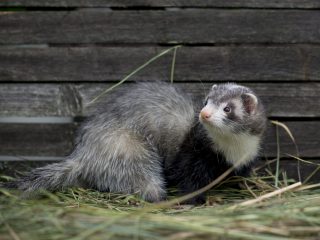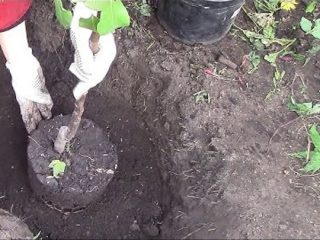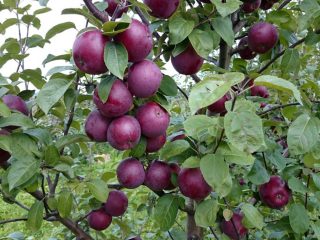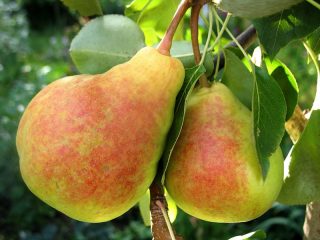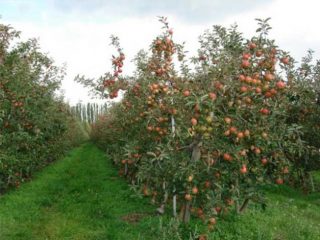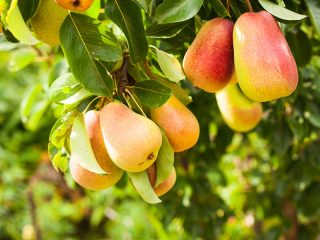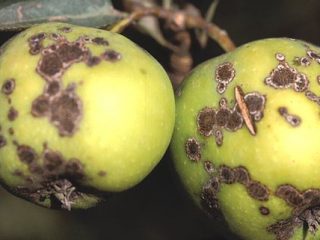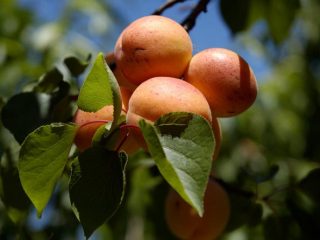Content
The strawberry tree is an exotic plant for Russia, which is grown in open ground only in the southern regions. The name comes from the fact that the fruits look like strawberries, but they taste like persimmons. It is not difficult to grow this tree, but it is difficult to protect it from frost. Therefore, even in the south, mandatory shelter for the winter is required.
What does a strawberry tree look like?
The strawberry tree (Cornus capitata), also called the strawberry tree, is a member of the Dogwood family. In nature, it grows in southern China, as well as in the foothills of India. Introduced and successfully grown in New Zealand and Australia, as well as on the Black Sea coast of Russia.
It is a deciduous tree with green shoots that turn brown with age.The leaves are yellowish-green in color, small in size, pale. The flowers are also small, yellow, and arranged in spherical inflorescences.
Kudrania berries only superficially resemble strawberries and mulberries. They are scarlet or burgundy in color, round, with a diameter of 2 to 5 cm. The pulp is juicy, sweet, without the slightest sourness. The taste of kudraniya is similar to persimmon, so it cannot be considered a strawberry that grows on a tree: the similarity is only external. The seeds of the strawberry tree are brown in color and resemble hemp nuts in appearance. It is impossible to transport the crop over long distances, since the berries are very soft.
Unripe ones are very sour and do not have a distinct taste. The harvest of ripe fruits should be used immediately: eaten fresh or made into jam for the winter.
Characteristics of curling
The strawberry tree is an exotic plant that has the shape of a bush. Main characteristics:
- height up to 6 m (in nature up to 12 m);
- flowering: May – June;
- berry ripening: August – September (occurs after the leaves fall);
- cross pollination (the plant is dioecious);
- life expectancy: up to 50 years;
- winter hardiness: low, but increases with age;
- appearance of berries: spherical, scarlet, burgundy;
- taste: sweet, reminiscent of persimmon.
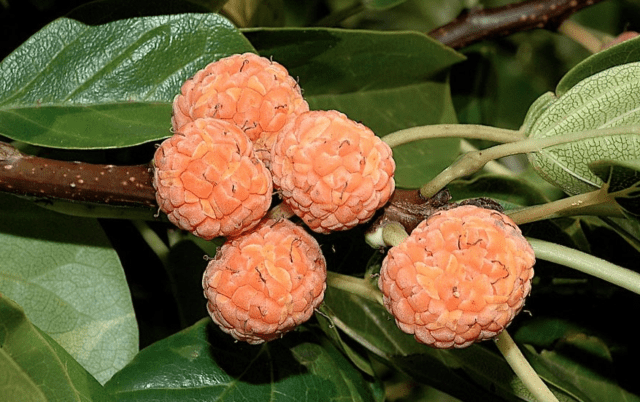
The fruits of the strawberry tree from a distance resemble strawberries
Strawberry tree productivity
The strawberry tree begins to bear fruit at 5–6 years of age. Maximum yield is achieved by 10 years: from one tree you can harvest from 150 to 200 kg of berries. Yields are affected not so much by soil type and care as by climatic conditions. The culture grows well only with sufficient heat and light.
Planting and caring for a strawberry tree
Growing kudrania in open ground is allowed only in the southern regions of Russia (Krasnodar Territory, North Caucasus, Crimea). In other cases, it is better to cultivate indoors, but only on a sunny window (south or southeast side). The tree does not require special care, but it does require light and regular watering.
Landing dates
Strawberry tree seeds must be planted immediately after harvest. Seedlings grown from cuttings or shoots are transferred to open ground in the second half of May, when the soil has had time to warm up well.
Requirements for place and soil
The place for planting a strawberry tree should be well-lit and moderately moist - lowlands are not suitable, as moisture accumulates in them. Soil requirements:
- neutral or slightly acidic environment (pH from 5.5 to 7.0);
- structure: loose;
- type: fertile loam.
The site is prepared several weeks in advance. The soil is dug up and humus or compost is added in a 2 m bucket.2. If the soil is clayey, add sawdust or sand 1 kg per the same area.
How to plant correctly
Planting a strawberry tree is quite simple:
- Dig a deep hole (about 1 m).
- Pour small pebbles and expanded clay in a layer of at least 30 cm.
- Pour out fertile soil - turf soil with peat, sand and humus (2: 1: 1: 1).
- Loosen the soil well and plant the seedling.
- Lightly compact the soil and water with warm, settled water.
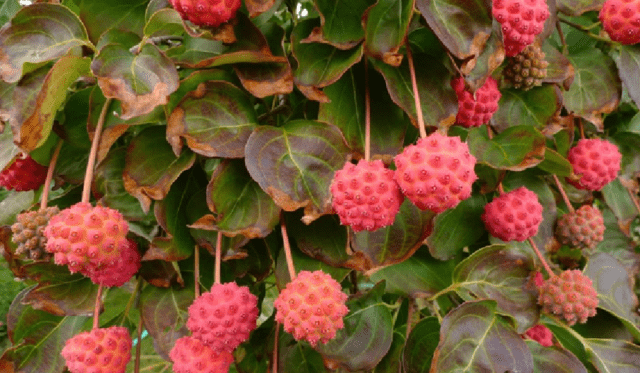
Kudrania bears fruit well with sufficient sunlight and warmth
How to care
To grow a beautiful strawberry tree, as in the photo and description, it is recommended to take into account the reviews of experienced gardeners. The basic rules are as follows:
- Moderate watering: the plant has a developed root system, so it is enough to give water 2 times a month. In hot weather, it is advisable to irrigate several times.
- Fertilizers are needed from the second year of life. In the spring, use urea or ammonium nitrate (15–20 g per tree), then during flowering a complex mineral fertilizer (azofoska, Bogatyr, Kemira Universal or others).
- Loosening the soil and weeding - as necessary.
- Formative pruning is carried out every spring and autumn for the first five years. Remove weak branches, thin out the crown, and trim shoots growing inward (toward the trunk).
For winter, the plant should be placed in a north or west window, preferably in a cooler place.
Diseases and pests
The strawberry tree is highly immune to various diseases and pests, but in hot weather it can suffer from thrips and other insects. You can destroy them by spraying with homemade solutions and infusions:
- tobacco dust;
- wood ash and laundry soap;
- garlic cloves;
- mustard powder;
- ammonia;
- hydrogen peroxide;
- onion peel.
Insecticides also control pests: “Decis”, “Inta-Vir”, “Match”, “Fitoverm”, “Aktara” and others.
If the tree in the pot begins to hurt, you need to thoroughly rinse the leaves under running water. If there are insect larvae, remove them with a cotton swab. Then the plant is transplanted into a container with new soil, and the old soil is thrown away. The pot should be kept in a weak solution of potassium permanganate. After this, the strawberry tree is sprayed with any insecticide. Wrap in film for a day.
Preparing for winter
Even in the southern regions, the strawberry tree needs to be prepared for winter. To do this, the roots are carefully mulched with leaf litter, sawdust, hay, peat - the layer should be 5–7 cm. Burlap or other woven material is placed over the trunk. It is especially important to cover young trees under five years of age.
Strawberry tree propagation methods
Kudrania can be grown from seeds, and also propagated by vegetative methods - by cuttings and root shoots.
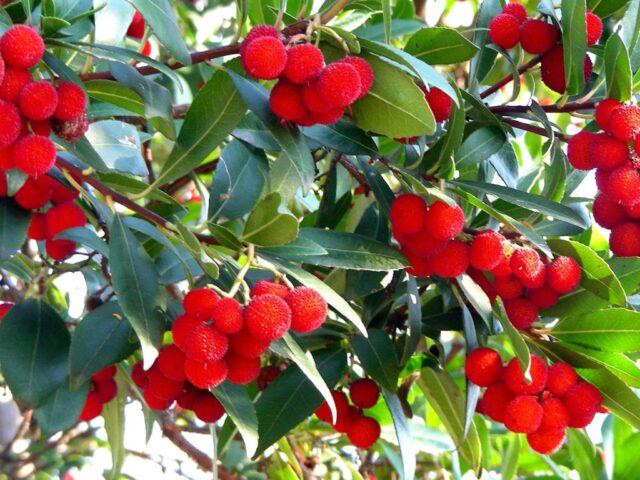
Most often, strawberry trees are propagated by shoots or grown from seeds.
Cuttings
Cuttings are a relatively simple, but not very effective method of propagation: about 30% of seedlings take root. The procedure begins at the end of May. You need to take several young shoots and cut cuttings 15 cm long. Make an oblique lower cut and a straight upper cut. Step-by-step instructions for growing are as follows:
- Place overnight in a solution of a growth stimulator - Epin, Kornevin or Gumat.
- Make up fertile soil: turf soil with humus and sand (2:1:1) with the addition of a small amount of vermiculite.
- Plant in pots or open ground, cover with a jar or film.
- Periodically water and spray with growth stimulator solutions.
- After 3-4 months, the cuttings will give roots. For the winter, they must be mulched with leaf litter, spruce branches, and sawdust.
- Next spring you can transplant it to a permanent place.
Root shoots
To reproduce by shoots at the beginning of summer, it is necessary to separate several offspring from the mother bush, plant them in open ground or in a pot with fertile and loose soil and water them with a solution of a growth stimulator. This propagation method is considered quite effective. The shoots grow quickly, and within a year they reach a height of 1 m.In the fall they are mulched, and the next season they are transplanted to a permanent place.
Seeds
Seeds must be planted in a pot with fertile soil immediately after they ripen (to a depth of 1–2 cm). The surface of the soil is sprayed with water, covered with film and left in the refrigerator on the bottom shelf for 2 months. After this, they are transferred to the light. Keep at room temperature, periodically watering the soil. In May, the seedlings can be transferred to a permanent place.
Benefits of strawberry tree
Strawberry seedlings are grown for fruit production, as well as for landscaping gardens and parks. The bark is used as a raw material for paper production, and the wood, which is particularly durable, is used to make furniture and souvenirs.
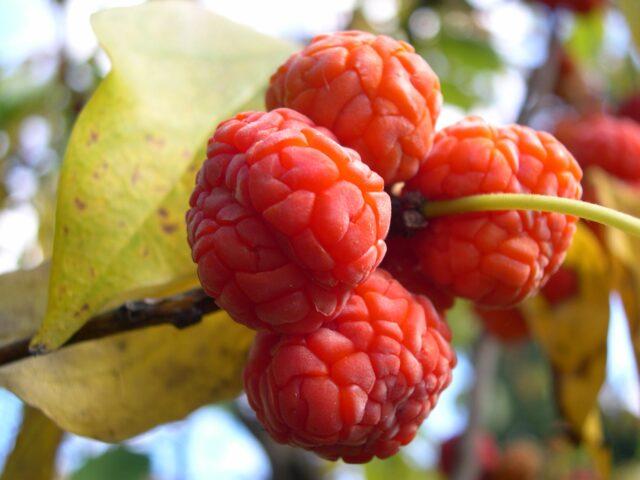
Kudrania produces tasty berries and is also used for medicinal and industrial purposes.
Benefits of the strawberry tree
The fruits of the strawberry tree are rich in useful minerals and organic substances:
- vitamins C, P, group B;
- routine;
- pectin;
- carotene;
- glycoside;
- iron.
Therefore, the berries are used fresh as an additional remedy in the treatment of a number of diseases:
- stomach and intestinal disorders;
- heartburn;
- dysentery;
- insomnia;
- wounds, ulcers and burns;
- pathologies of the spleen and liver.
The bark of the strawberry tree is also used for medicinal purposes. A decoction is made from it, which is used in the form of compresses to heal wounds and other skin damage. The bark is also dried and a powder is obtained from it, which is used to treat burns (externally) and stomach and duodenal ulcers (internally).
Contraindications and possible harm
Berries and decoction of strawberry tree bark should not be taken orally by persons with individual intolerance.In some cases, this can lead to itching, rashes and other allergic reactions. If you have diabetes, you can eat berries only after consulting a doctor. The fruits can be used during pregnancy and lactation. Kudrania berries do not cause any harm when consumed in moderation.
Conclusion
The strawberry tree can be planted in open ground only in the south. In other regions it is allowed to grow only indoors. Basic rules of care boil down to moderate watering and rare feeding. For the winter, always cover with burlap and carefully mulch the roots.
Reviews with photos about the strawberry tree or curl
